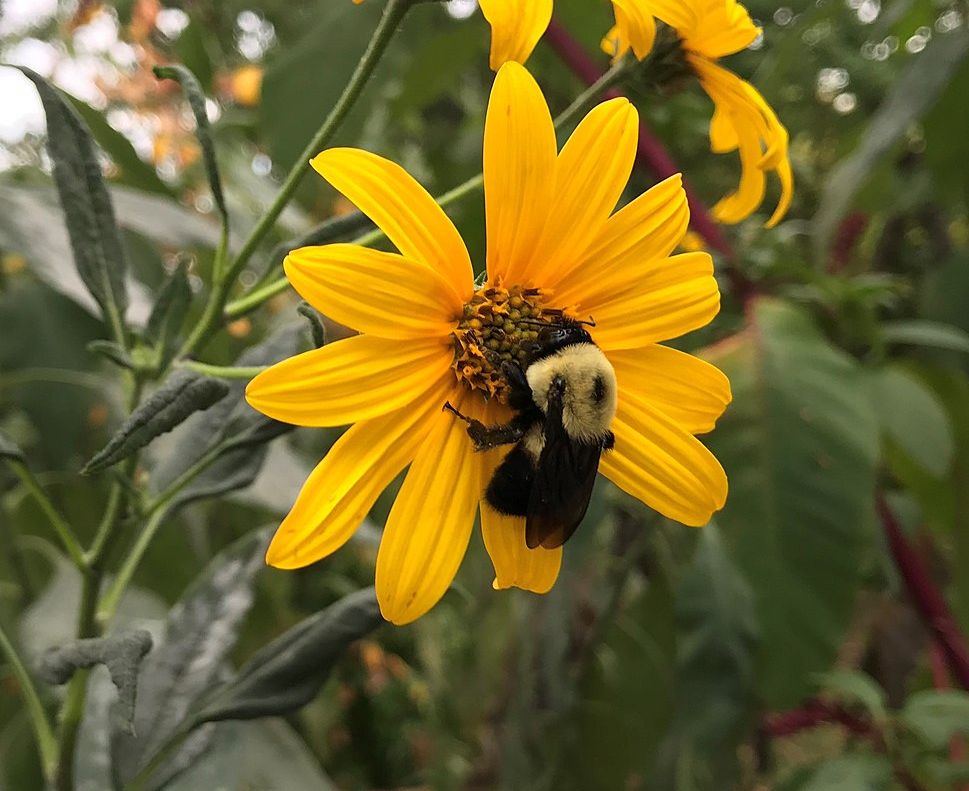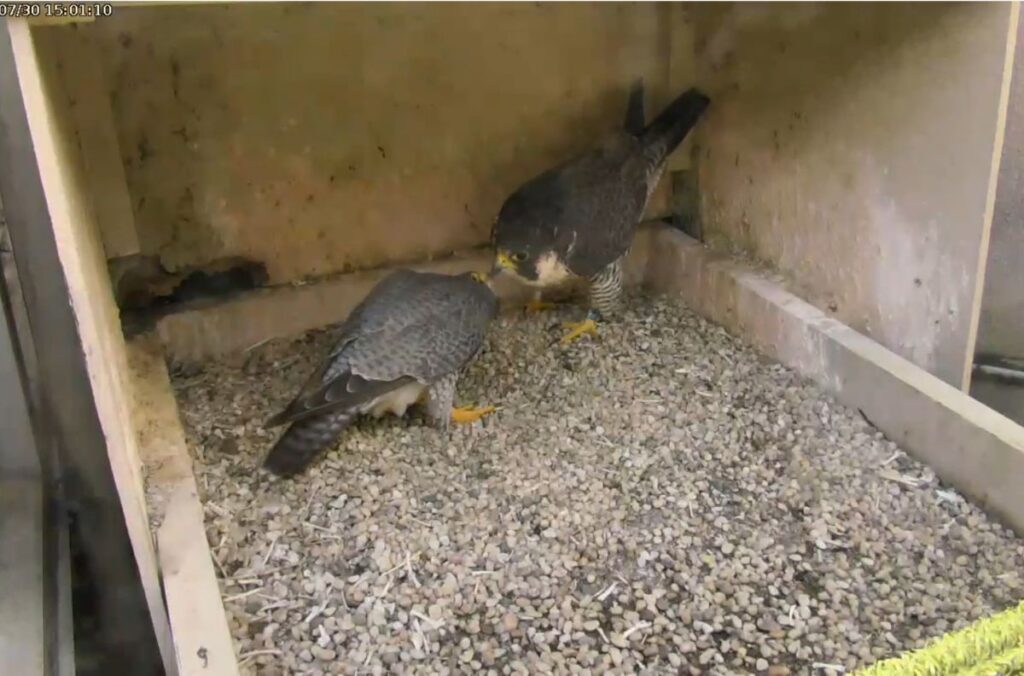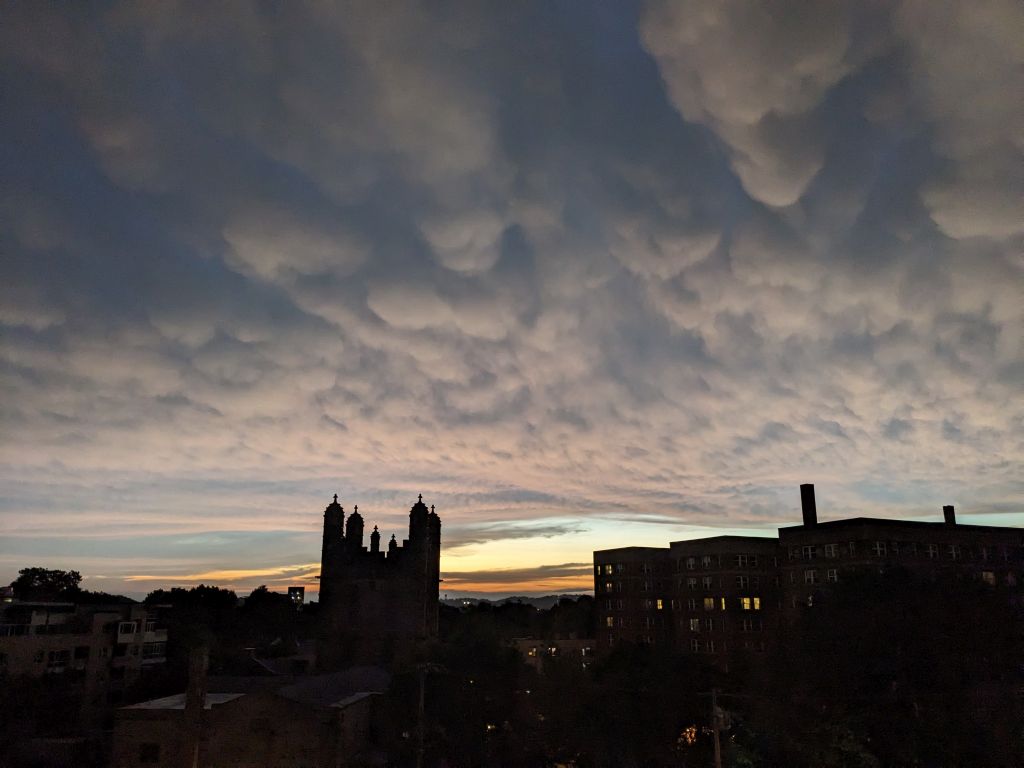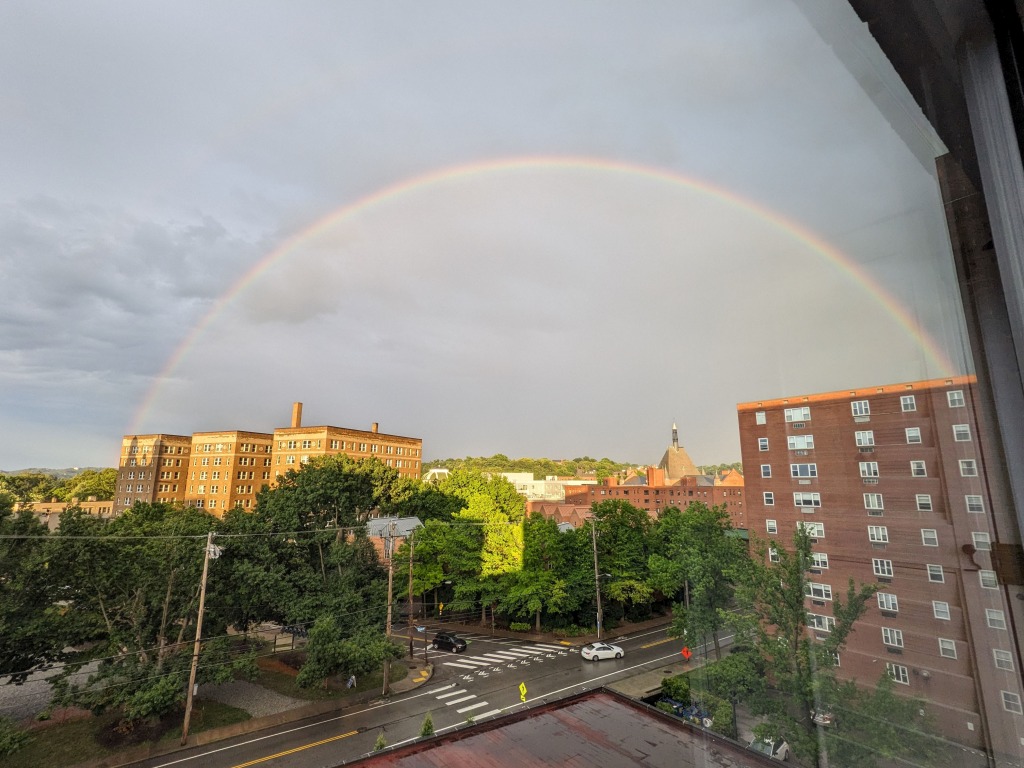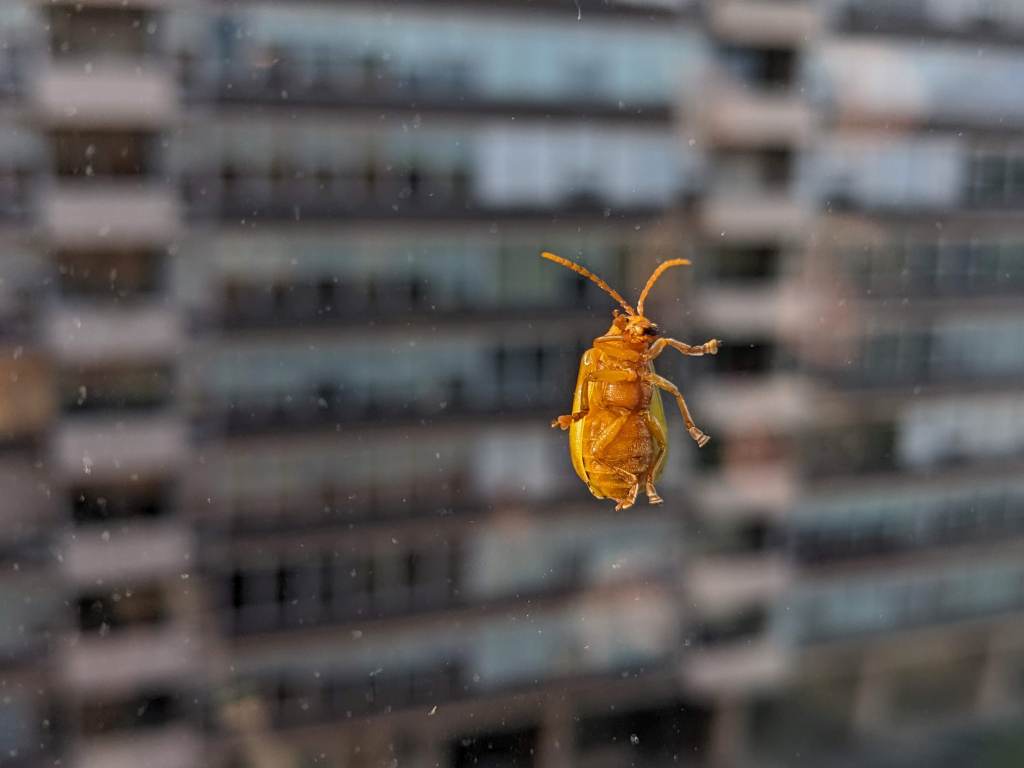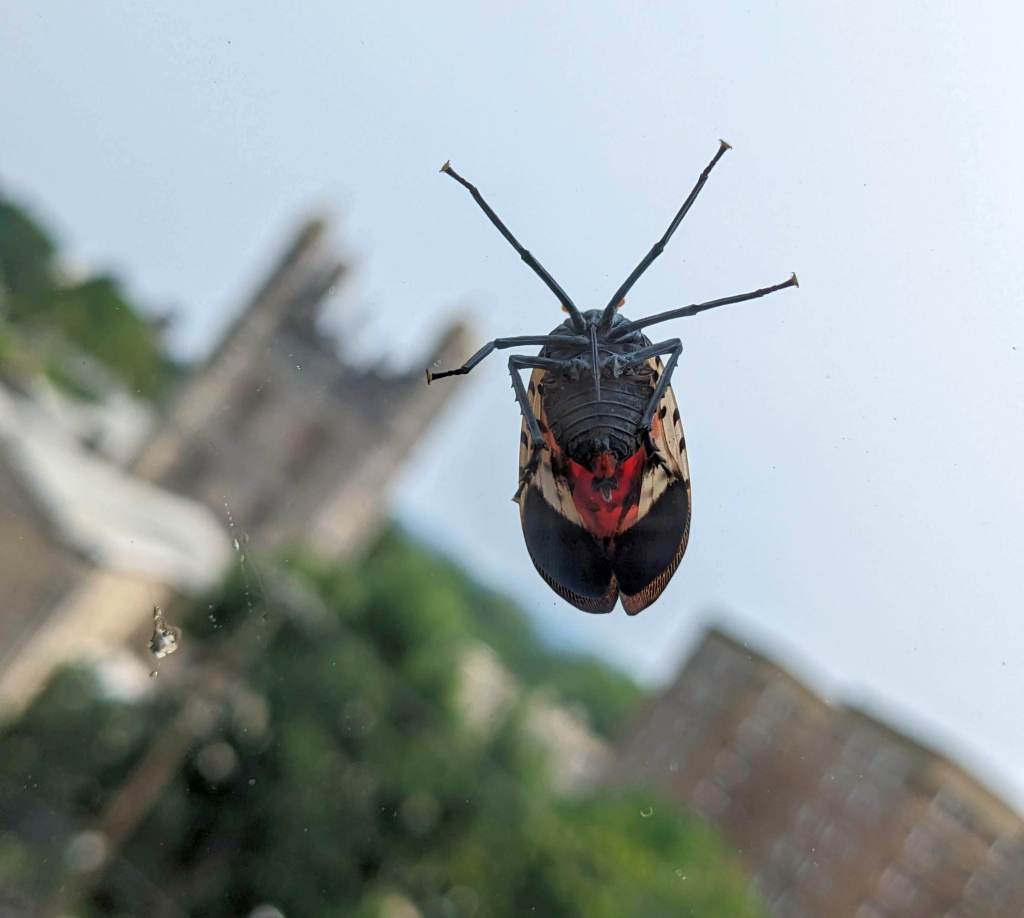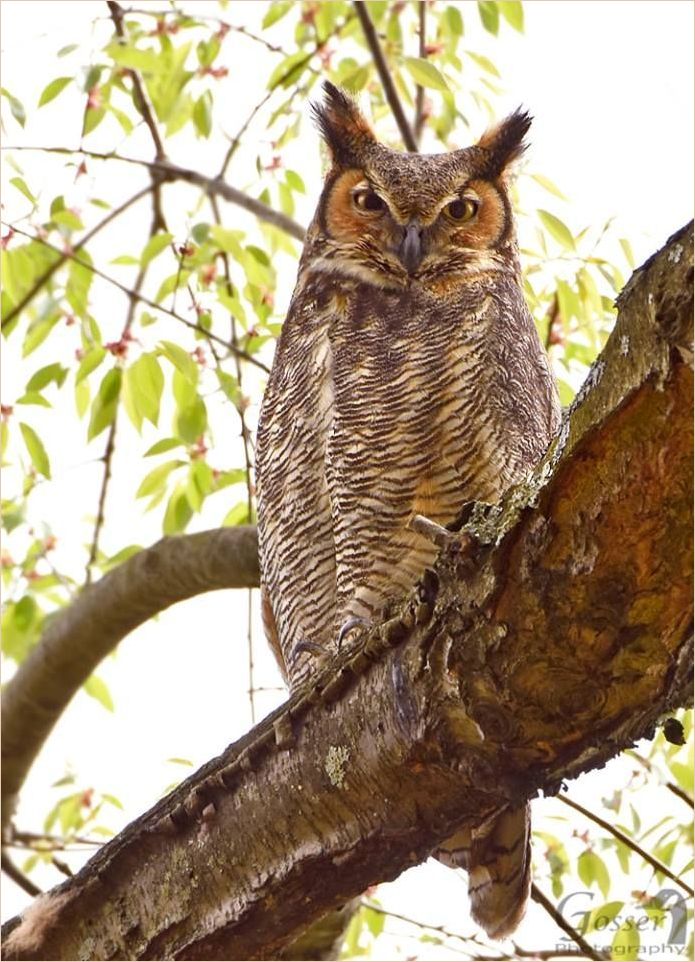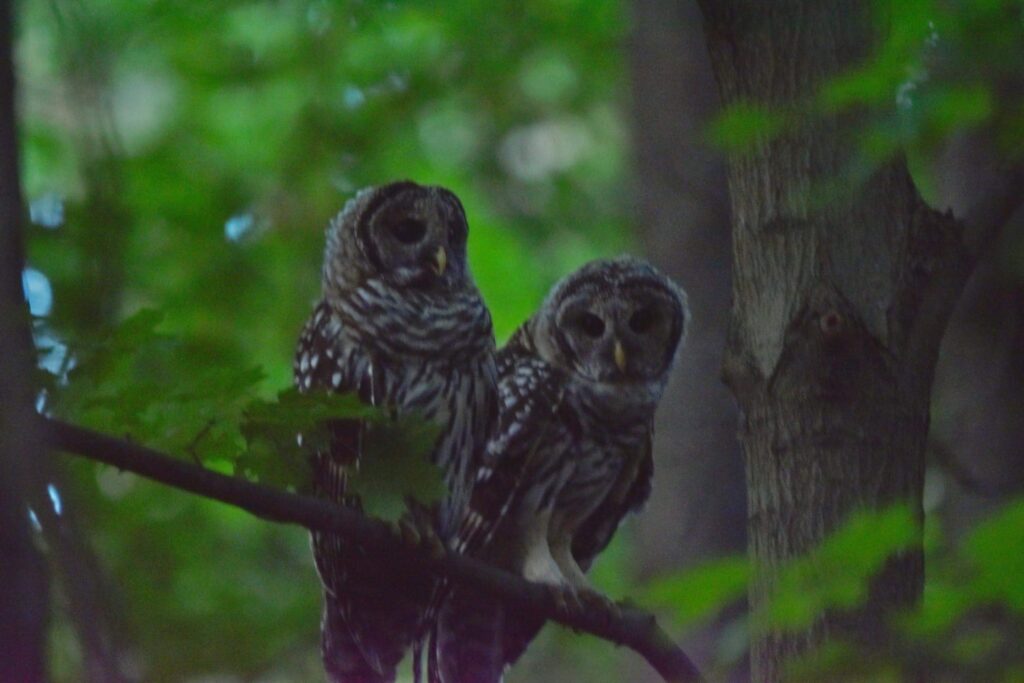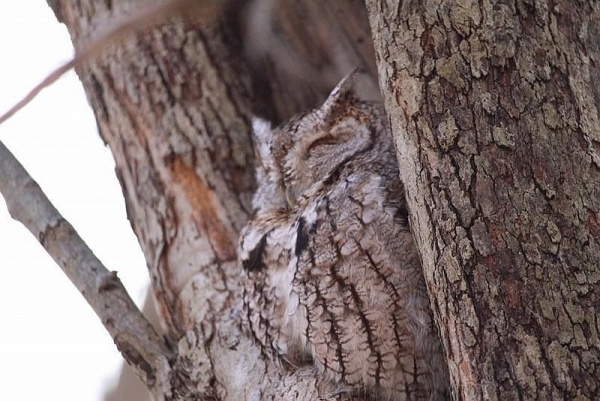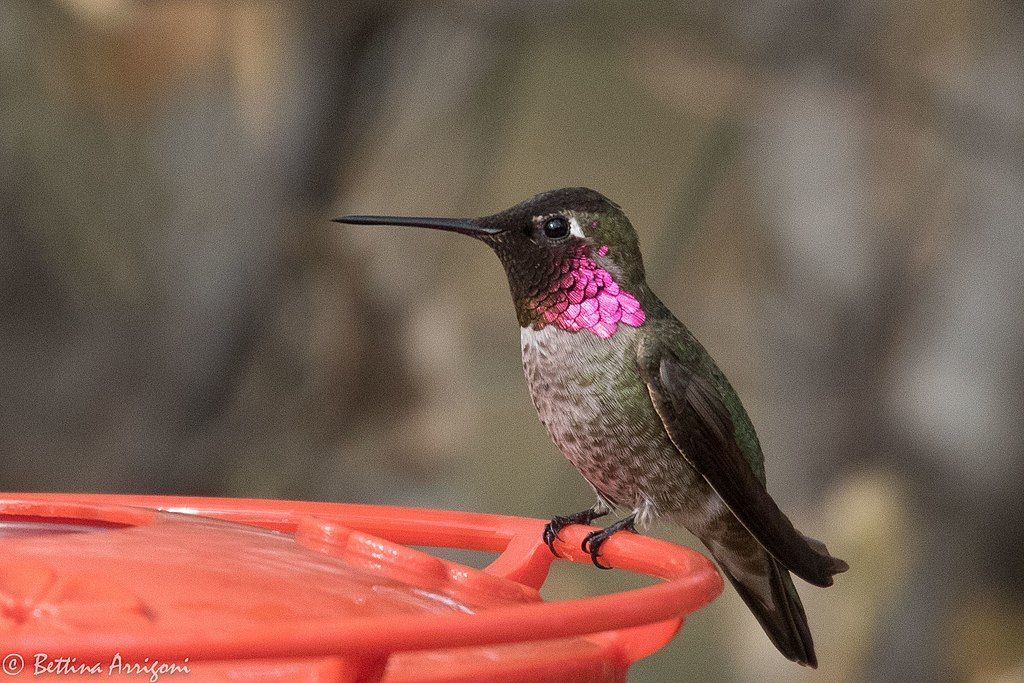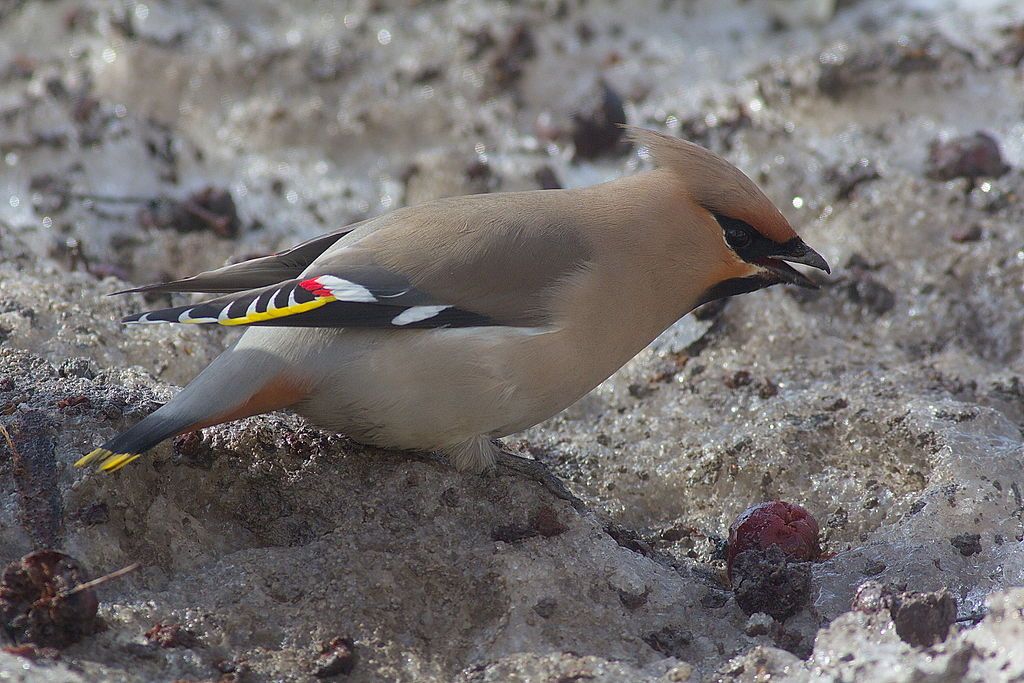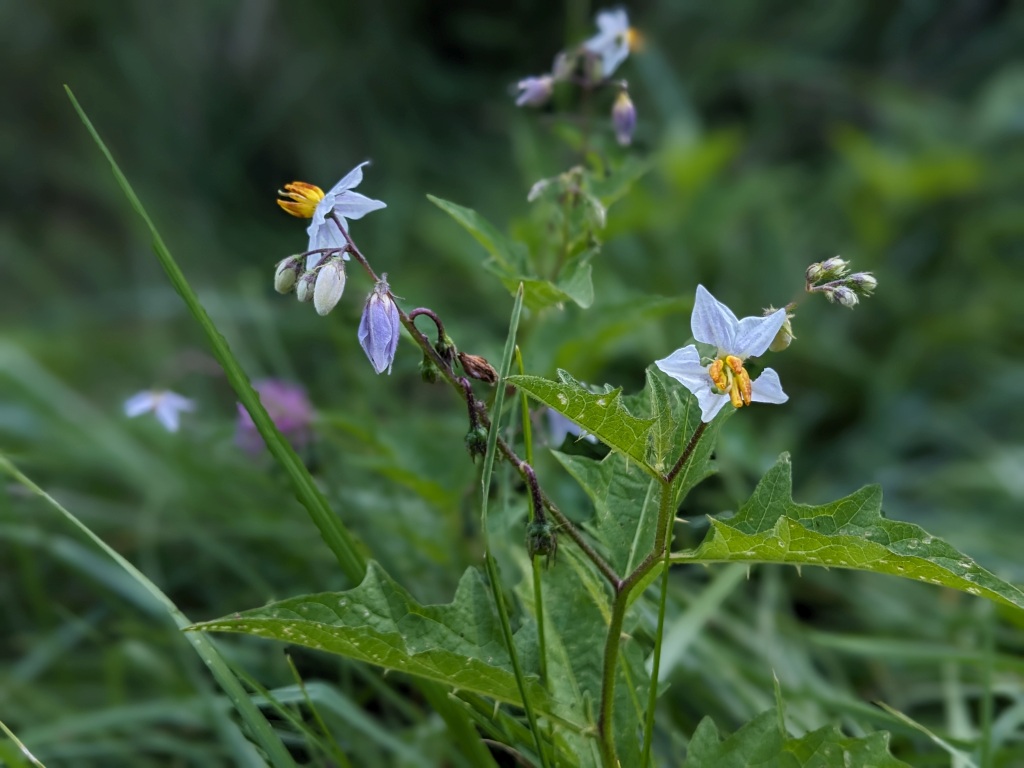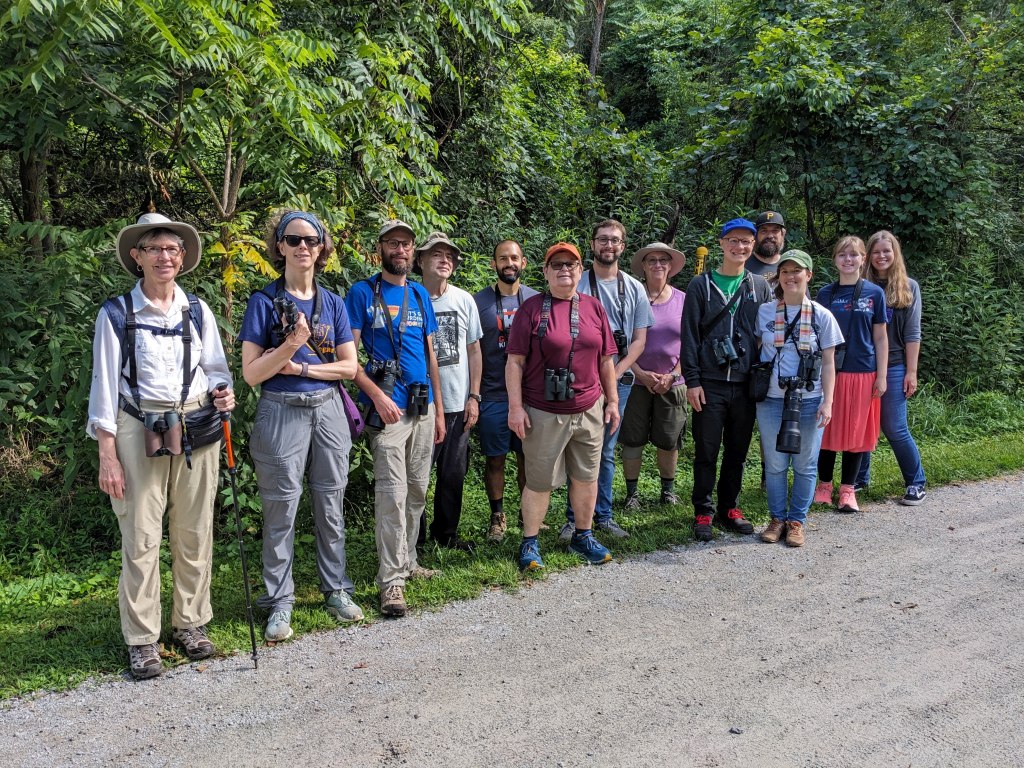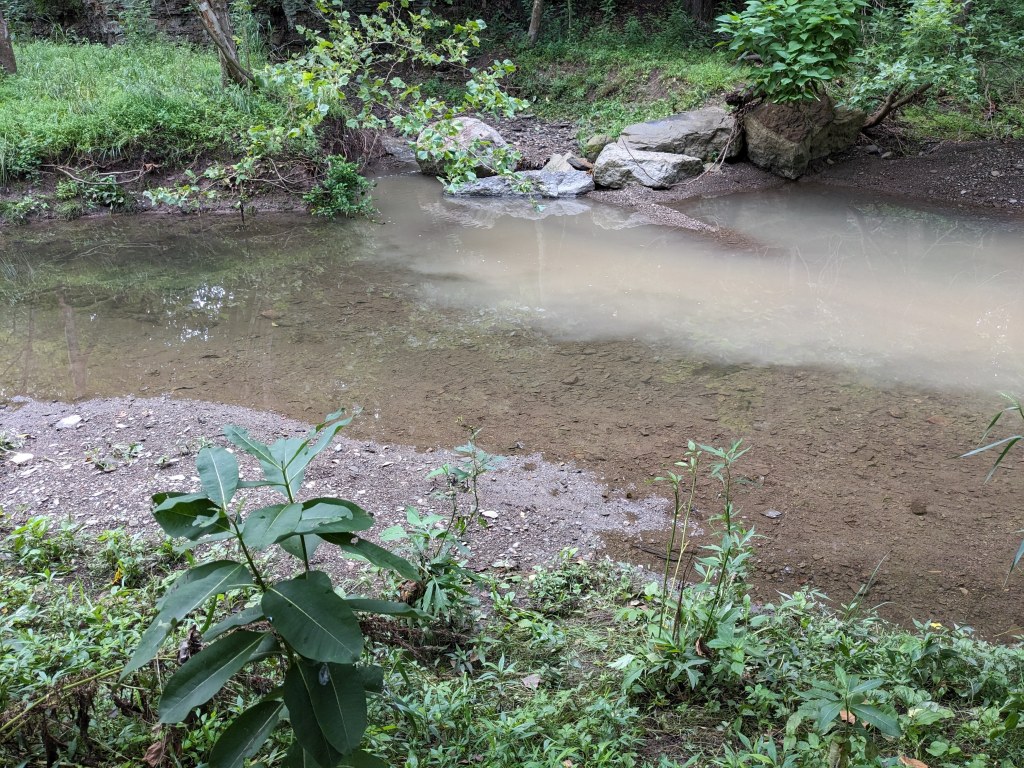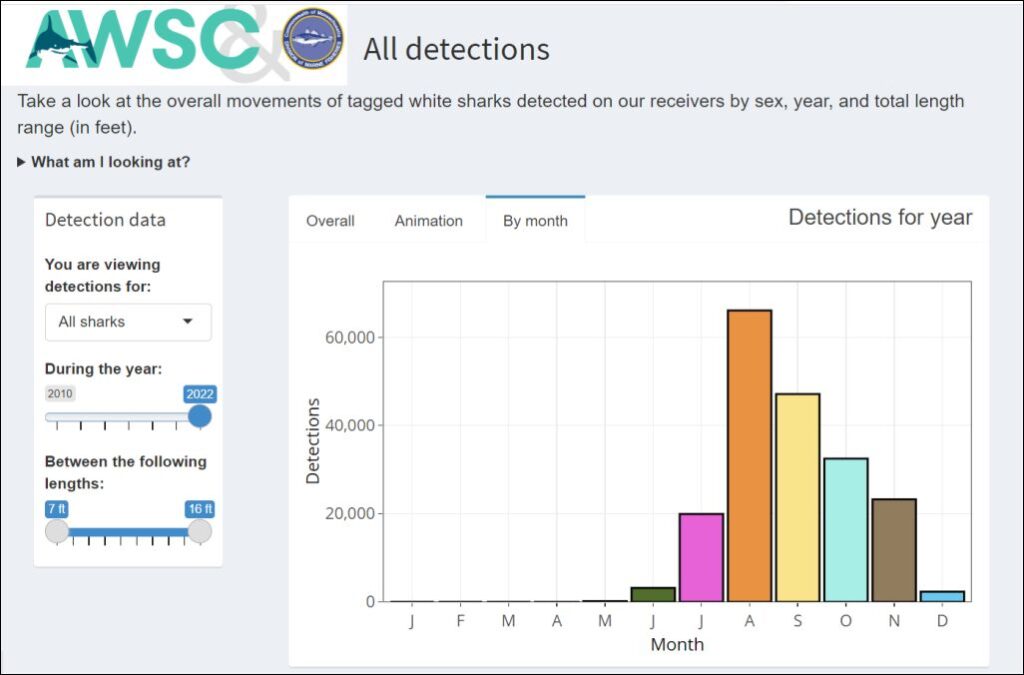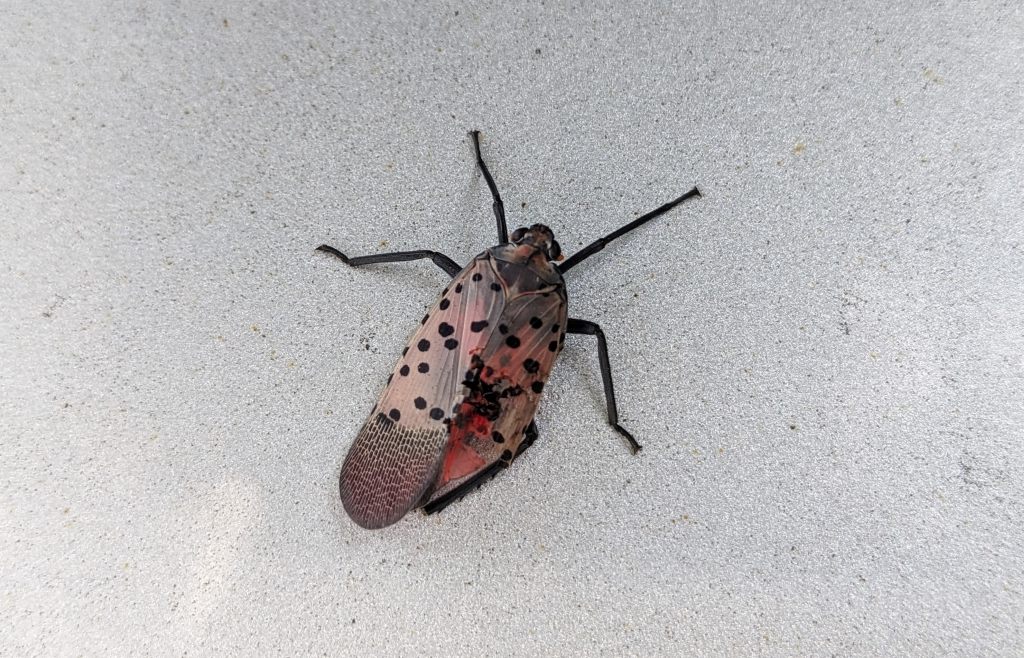
8 August 2023
Aaarrg! They’re everywhere! Pittsburgh is in the midst of a spotted lanternfly (Lycorma delicatula) invasion and it’s just plain creepy. These bugs don’t bite but they’re large, they leap and fly unpredictably, and there are just so many of them. Even when damaged like the one above, they’re disgusting. Make them go away!
So what kills them? I’ve seen a few birds attempting to catch the nymphs but those few birds can hardly make a dent in such an overwhelming insect population.
For now it’s up to humans kill them. Not with poison but by more ingenious means.
DO NOT USE STICKY TAPE. It kills birds and beneficial insects –> Never Use Sticky Tape.
How about robots? Carnegie-Mellon’s Robotics Institute developed a robot that scrubs spotted lanternfly (SLF) egg masses off trees in winter so they can’t hatch the following spring. This is fascinating and useful in the long run for orchards but it doesn’t help us today. (1:29 minute video)
Another long term solution is to introduce SLF’s natural predators. Researchers in Delaware are studying two species of parasitic wasps from China that target spotted lanternflies but it will take years to make sure these tiny wasps are totally dedicated to SLF and will not attack North American species. If these wasps pass the test they’ll provide a long term solution for vineyards. (3:00 minute video)
And then there’s just plain killing them. The second half of this 2022 video shows how a woman in Gillette, NJ kills them in bulk. Favorite tool? An electric “tennis” racket! (Entire video here is 8 mins long. Excerpt is 4:00 minutes)
video from VICENews on YouTube
If you live in southwestern PA and haven’t seen a lot of lanternflies yet, just wait. Butler, Lawrence, Fayette and Somerset Counties were added to the SLF quarantine this year. Forewarned is forearmed … with an electric “tennis” racket!

Check out local answers you can use right now in this 1-hour-long Lunch and Learn about Spotted Lanternflies presented by Phipps Conservatory.
(photo by Kate St. John, map from PA Dept of Ag via Penn State Extension, video credits in the captions)
